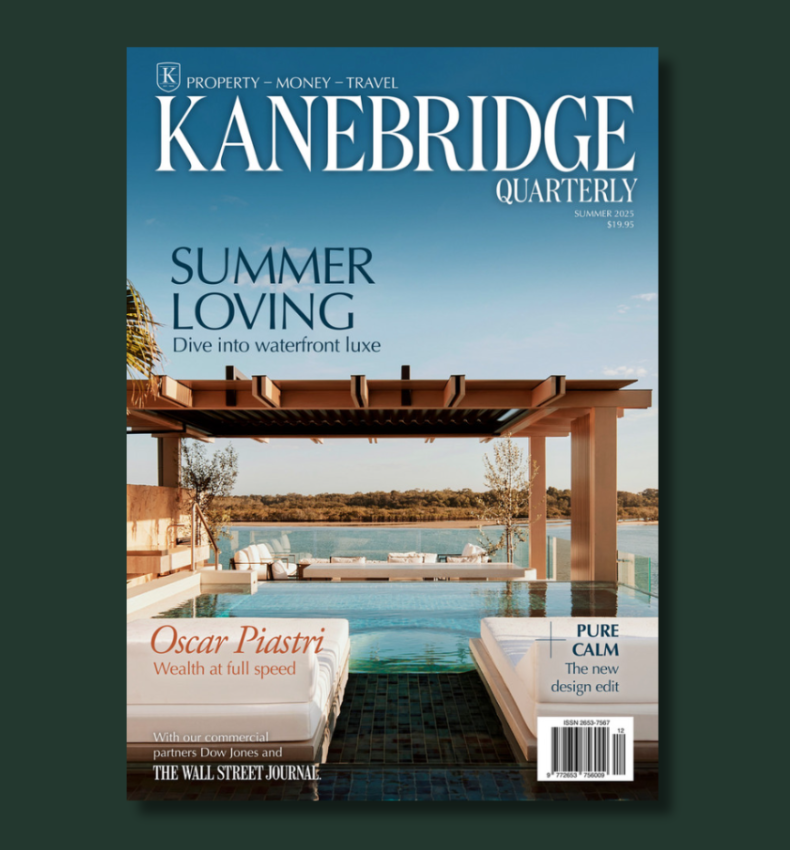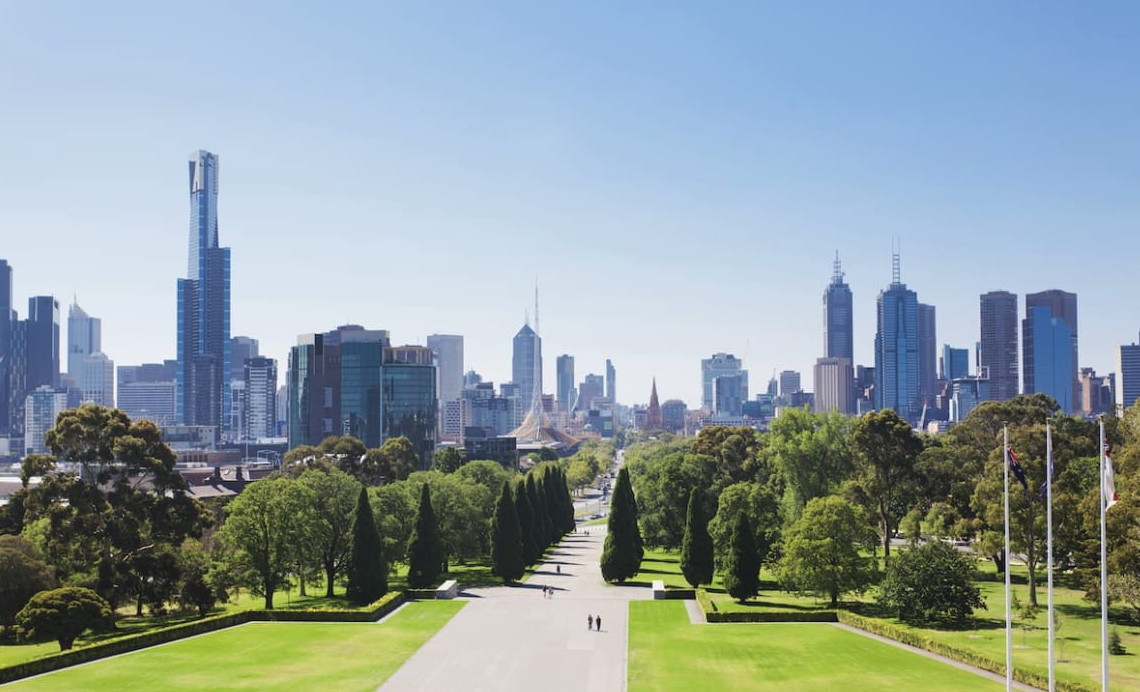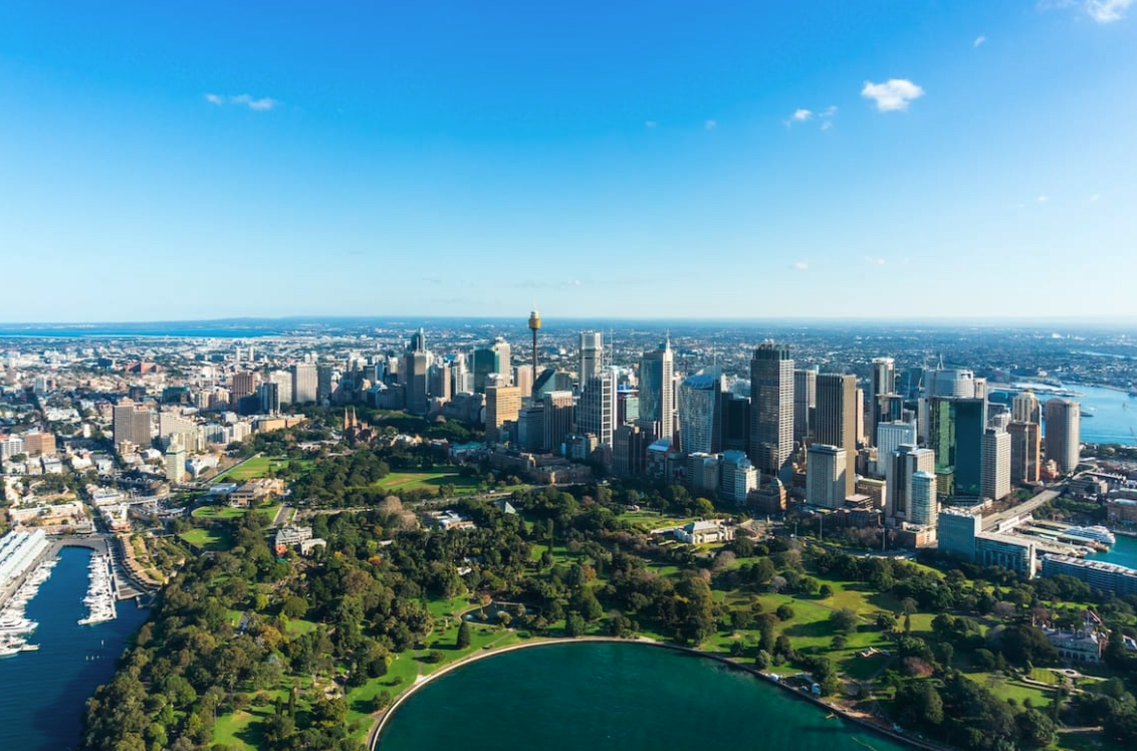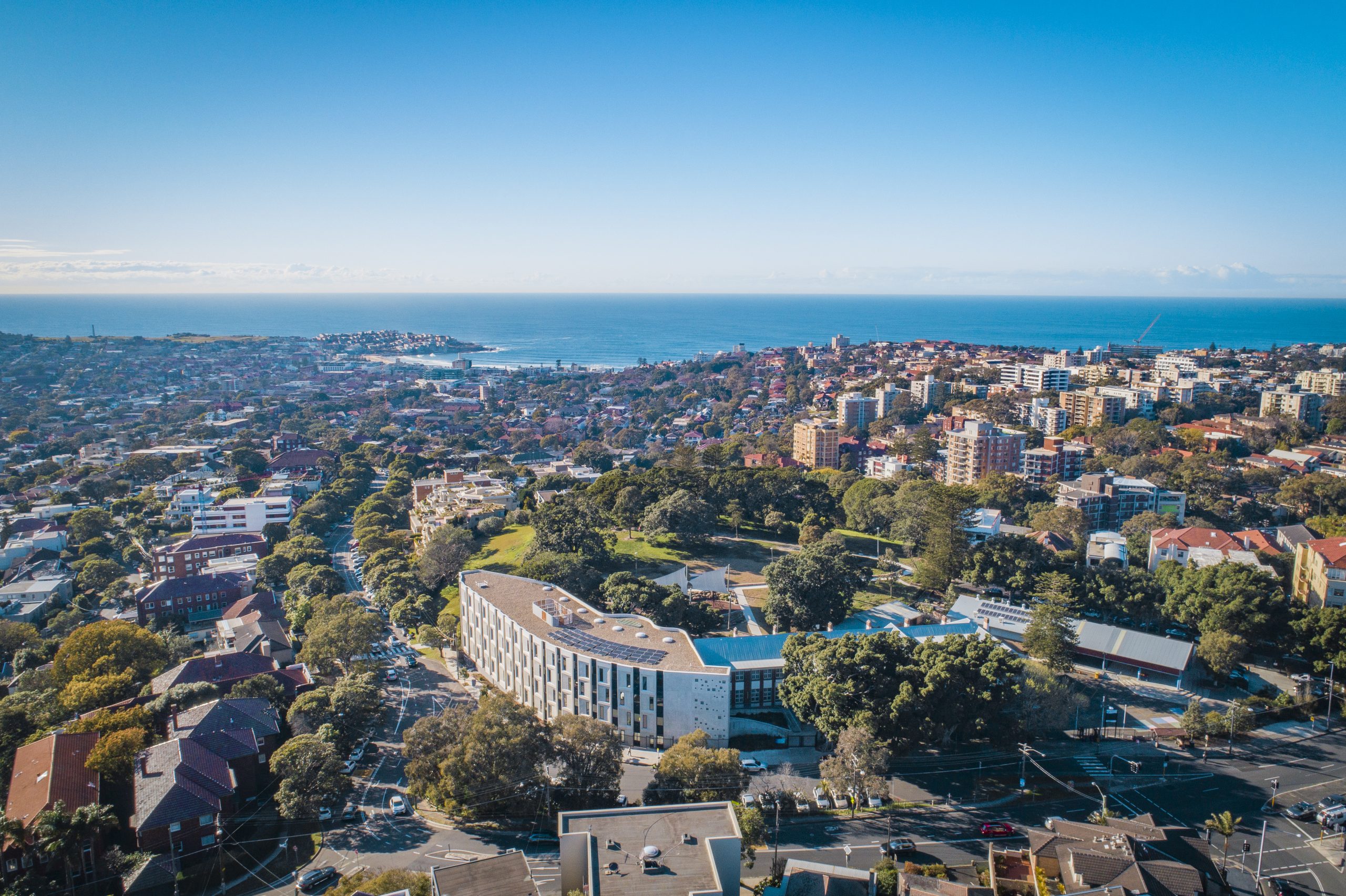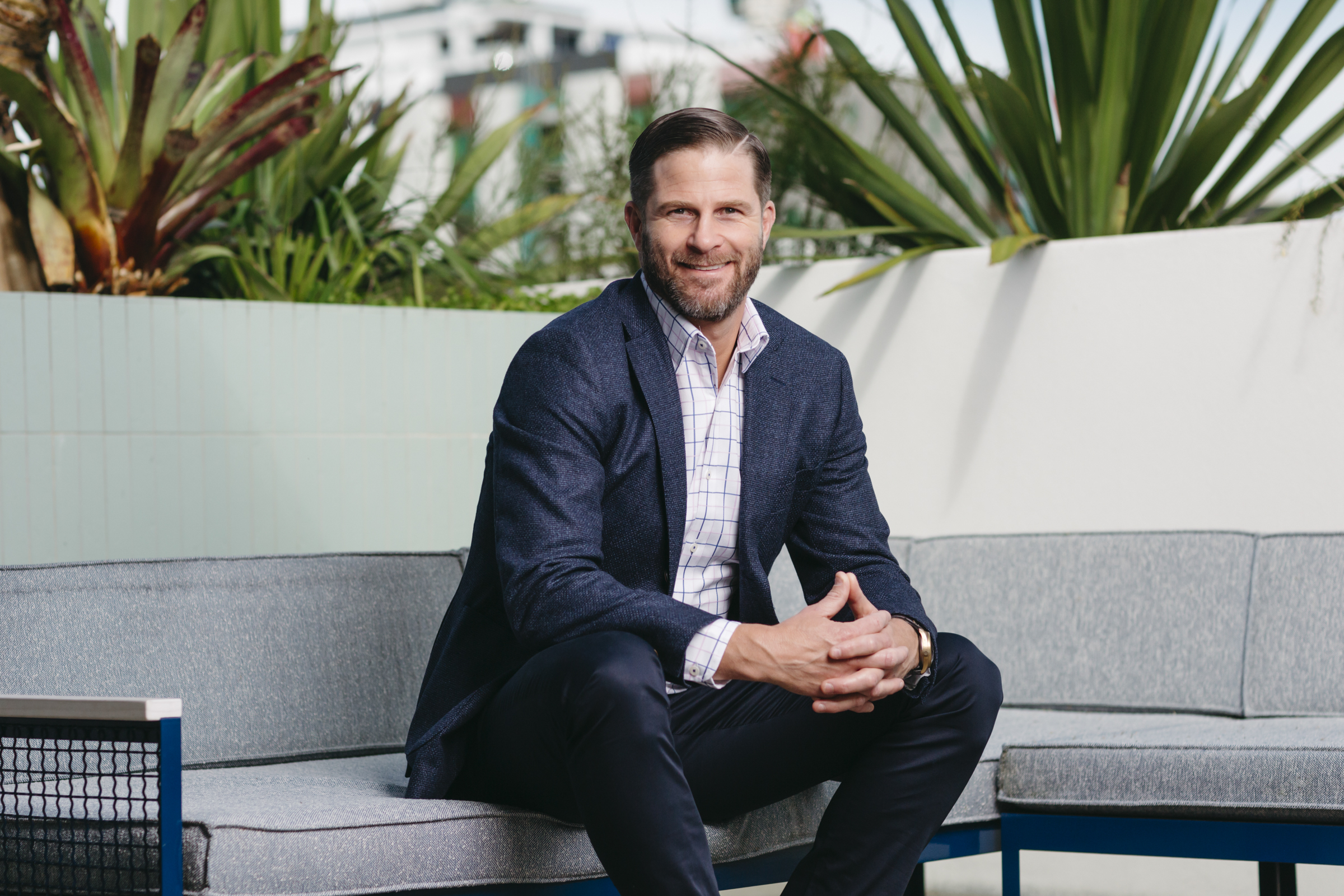Where to Invest in 2025: Top-Performing Suburbs in Australia’s Property Market
Australia’s market is on the move again, and not always where you’d expect. We’ve found the surprise suburbs where prices are climbing fastest.
Australian property is once again in the midst of a growth cycle. After prices cooled in late 2024, 2025 has, aside from a flat January, delivered consistent gains. Much of this momentum is being fuelled by the Reserve Bank of Australia’s ongoing easing cycle, which has yet to reach its “terminal rate,” with several more rate cuts expected through the remainder of 2025 and into 2026.
Affordability has become the defining challenge in the residential real estate market. First home buyers are struggling to break in, squeezed by high entry prices, while many investors have stayed on the sidelines in recent years amid elevated interest rates and intense competition.
Yet the hunt for the next property hotspot never stops. It might not have the glamour of Bondi or Byron Bay. Still, a number of pockets within Australia’s largest capital cities are outperforming the broader market — and they’re attracting growing attention from buyers and investors alike.
We’ve looked at the best-performing SA4 regions from property data analytics firm Cotality.
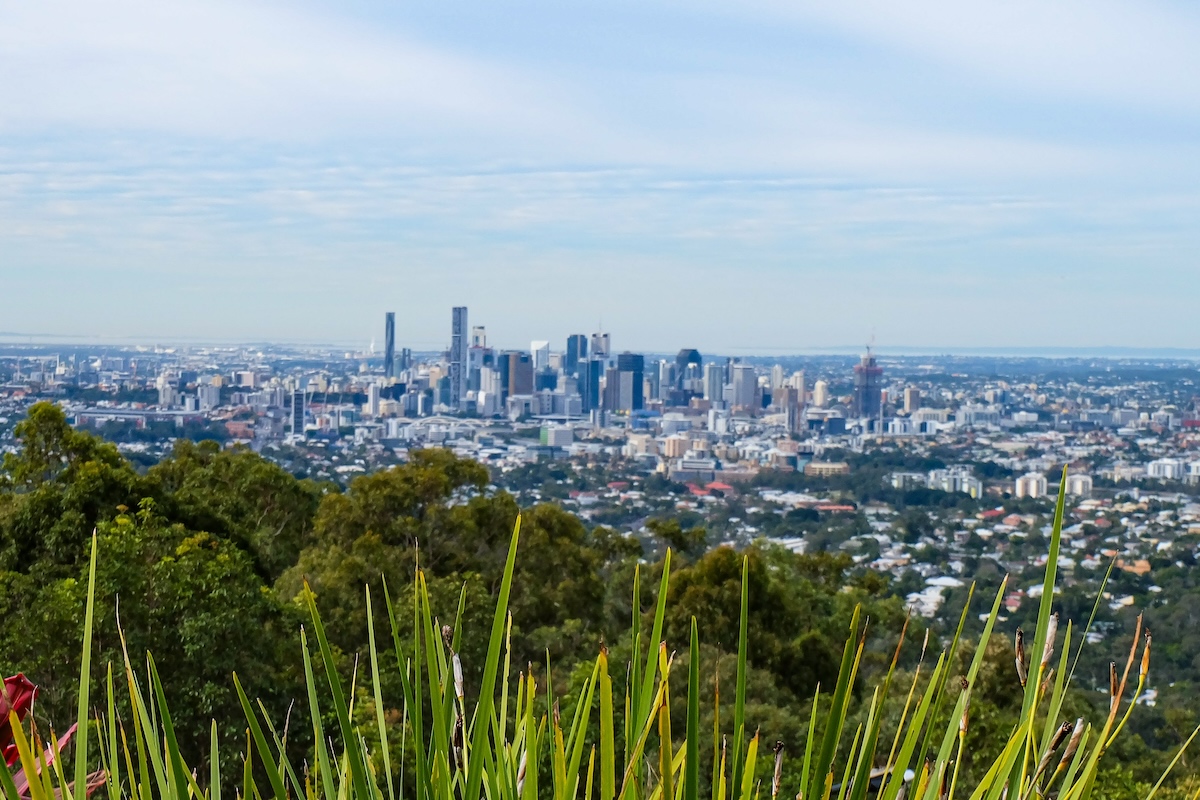
Brisbane
Brisbane has been the strongest capital city property market over the last two years. The market has been supercharged by the announcement of the 2032 Brisbane Summer Olympics, but the market has been on fire since 2020, when there was an exodus from the southern states to the Sunshine States, which drove Brisbane to Australia’s second most expensive capital city.
Over the last 12 months, Brisbane dwelling values have risen by 7.3%, only bettered by growth in Darwin. There are some pockets around the city which have outperformed the market. The top five SA4s (regions) are:
- Nundah (North)
Median value $988,394
Annual change +11.8% - Ipswich Hinterland (Ipswich)
Median $790,119
Annual +10.7%. - Redcliffe (Moreton Bay – North)
Median $903,286
Annual +10.0%. - Caboolture Hinterland (Moreton Bay – North)
Median $888,571
Annual +10.0%. - Ipswich Inner (Ipswich)
Median $726,560
Annual +9.9%.
Brisbane is not only posting solid citywide gains, but the strongest pockets are outside the CBD. Growth is concentrated in Moreton Bay, Ipswich and northern corridors (Nundah/Redcliffe). That pattern points to ongoing demand for more affordable family housing and lifestyle submarkets within commuting distance of the city.
Melbourne
Melbourne has been the polar opposite to Brisbane in the last few years. It has been one of the worst-performing property markets, slipping to the sixth most expensive capital city in the rankings with a median dwelling value of $803,000. Only Hobart and Darwin media dwelling values are lower.
Dwelling values are only up 0.5% year to date; however, 2025 has been more positive since the RBA started cutting rates. Dwelling values are up 2.4% year to date, and growth is becoming more consistent, something which Melbourne has struggled with since being the most locked-down city in the world during the pandemic. Struggling to respond from then.
There have been some pockets, however, where growth has been stronger over the last 12 months. The top five SA4 regions have been:
- Frankston (Mornington Peninsula)
Median $793,152
Annual +6.0%. - Tullamarine–Broadmeadows (North West)
Median $709,167
Annual +5.0%. - Knox (Outer East)
Median $942,980
Annual +4.5%. - Dandenong (South East)
Median $757,195,
Annual +3.8%. - Sunbury (North West)
Median $694,151
Annual +3.8%.
These top performers show growth focused on middle-ring and growth-corridor suburbs (Mornington Peninsula, northwest and outer east). For Melbourne readers, the implication is that recovery is geographically uneven — steady gains in commuter and lifestyle belts rather than a broad inner-city surge.
Sydney
Sydney, Australia’s most expensive capital, sits somewhere between Brisbane and Melbourne in its performance. The Harbour Capital is often the most impacted during a downturn, given the relative affordability of Sydney compared to the other capital cities. But then when there are good times, Sydney usually is the strongest beneficiary.
Dwelling prices are 2.6% up year to date, but the house market is largely outstripping the unit growth. Houses were up 0.8% in April, the strongest performing capital city house market on the eastern seaboard.
Sydney’s best-performing regions have been found well outside of the postcard suburbs Sydney is known for. The five best-performing SA4s in Greater Sydney by 12-month growth are:
- St Marys (Outer West & Blue Mountains)
Median $1,024,688
Annual +7.4%. - Fairfield (South West)
Median $1,189,601
Annual +7.0%. - Liverpool (South West)
Median $1,123,438
Annual +6.8%. - Richmond–Windsor (Outer West & Blue Mountains)
Median $945,556
Annual +6.7%. - Bankstown (Inner South West)
Median $1,408,088
Annual +6.6%.
Sydney’s strongest performers are dominated by the western and south-western corridors — affordable family suburbs and growth-area precincts where demand and price momentum remain strong. The much larger median values in some of these SA4s also show that even within growth suburbs, prices are high relative to national benchmarks.
Formula 1 may be the world’s most glamorous sport, but for Oscar Piastri, it’s also one of the most lucrative. At just 24, Australia’s highest-paid athlete is earning more than US$40 million a year.
From gorilla encounters in Uganda to a reimagined Okavango retreat, Abercrombie & Kent elevates its African journeys with two spectacular lodge transformations.
Ray White senior data analyst Atom Go Tian says Sydney’s elite postcodes are pulling further ahead, with Bellevue Hill dominating the nation’s most expensive streets in 2025.
Sydney has cemented its status as the nation’s luxury capital, with Kambala Road in Bellevue Hill being Australia’s most expensive street this year, posting a median house price of $39.35 million.
And, according to Ray White senior data analyst Atom Go Tian, last year’s leader, Wolseley Road, was excluded from this year’s rankings due to limited sales.
“Wolseley Road recorded only three sales this year and was therefore excluded from the rankings, though its $51.5 million median would have otherwise retained the top position,” he says.
Bellevue Hill continues its dominance, accounting for six of the nation’s top 10 streets. Tian says the suburb’s appeal lies in its rare blend of location and lifestyle advantages.
“The suburb’s enduring appeal lies in its rare combination of proximity to both the CBD and multiple beaches, harbour views, and large estate-sized blocks on tree-lined streets.”
Vaucluse remains a powerhouse in its own right. “Vaucluse extends this harbourside premium with even more direct beach access and panoramic water views,” he says.
The gulf between Sydney and the rest of the country remains striking.
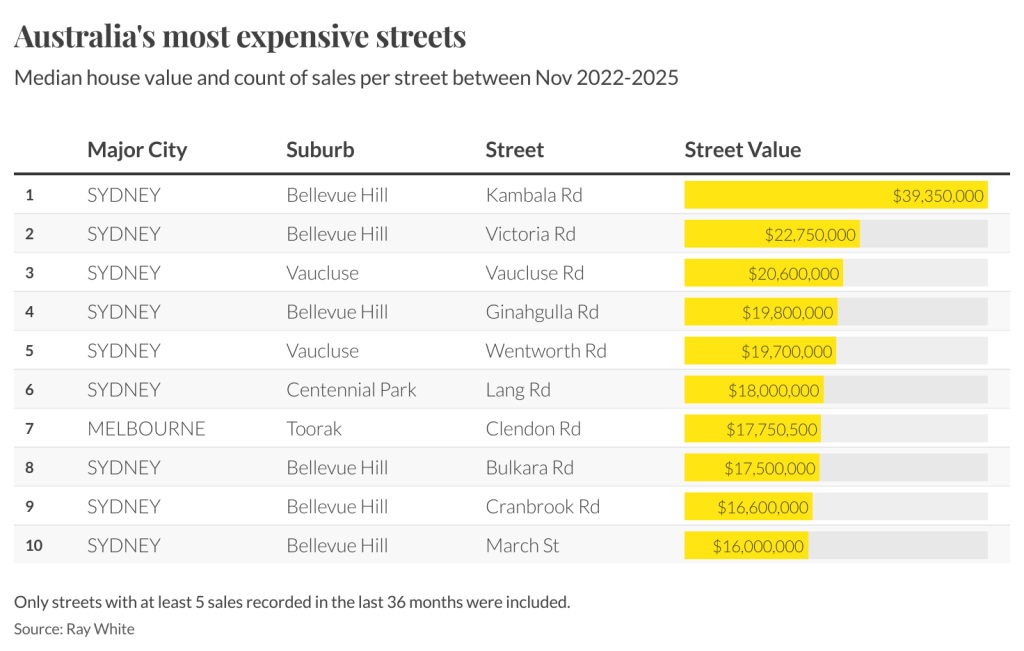
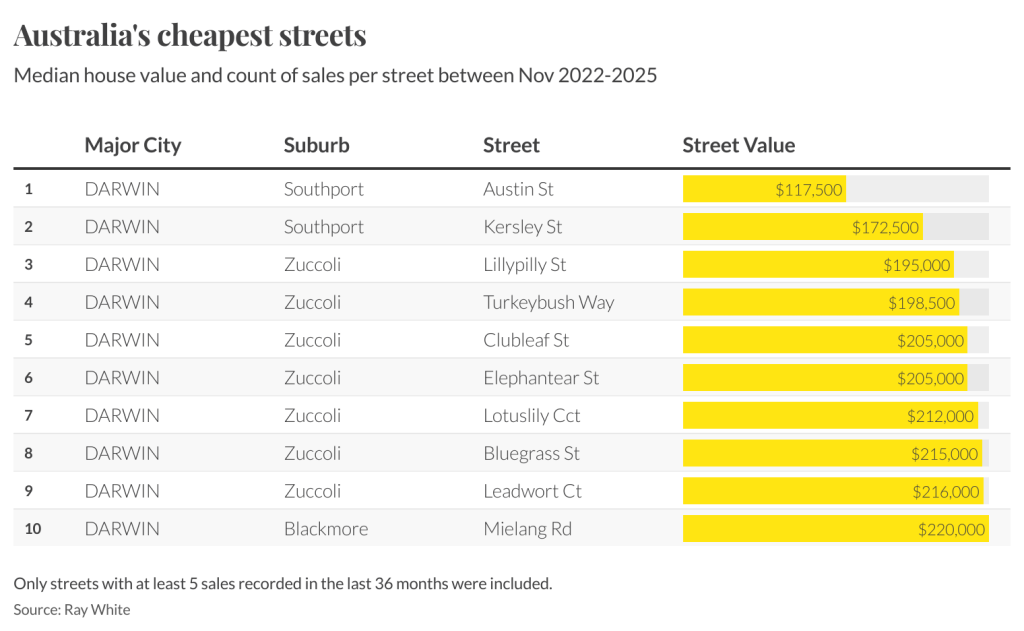
According to Tian, “Sydney’s most expensive streets are more than five times more expensive than the leading streets in Perth and Brisbane, and more than 10 times the premium streets in Canberra and Adelaide.”
He attributes this to Sydney’s economic role and geographic constraints, describing it as “Australia’s financial capital and its most internationally connected city.”
Beyond Sydney, each capital city has developed its own luxury hierarchy. Tian highlights Melbourne’s stronghold in Toorak, noting that “Melbourne’s luxury market remains centred around Toorak, led by Clendon Road, St Georges Road and Linlithgow Road.”
Brisbane’s prestige pockets are more dispersed: “Brisbane’s luxury real estate shows a more diverse pattern,” he says, led by Laidlaw Parade at $6.5 million. Perth’s top-end market remains anchored in the Peppermint Grove–Dalkeith corridor, with Forrest Street at $7.5 million.
He also points to the stark contrast at the lower end of the spectrum. “Darwin presents a mirror image, hosting all 10 of the country’s cheapest streets,” Tian says. Austin Street in Southport sits at just $117,500.
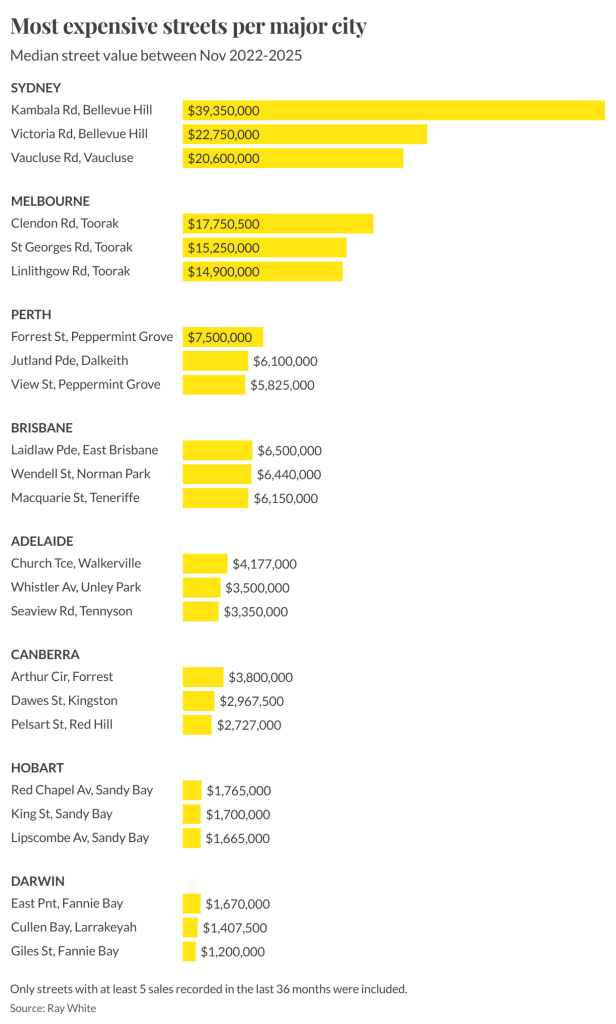

The national spread reaches its extreme in New South Wales. “Sydney emerges as the most polarised market, spanning an extraordinary range from Railway Parade in Katoomba at $385,000 to Kambala Road’s $39.35 million,” Tian says.
Methodology: Tian’s analysis examines residential house sales between November 2022 and November 2025, with only streets recording at least five sales included. Several streets with higher medians, including Black Street, Queens Avenue and Clairvaux Road in Vaucluse, were excluded because they did not meet the sales threshold.
With two waterfronts, bushland surrounds and a $35 million price tag, this Belongil Beach retreat could become Byron’s most expensive home ever.
Pure Amazon has begun journeys deep into Peru’s Pacaya-Samiria National Reserve, combining contemporary design, Indigenous craftsmanship and intimate wildlife encounters in one of the richest ecosystems on Earth.



